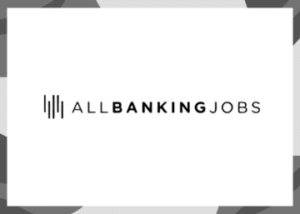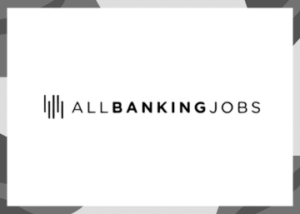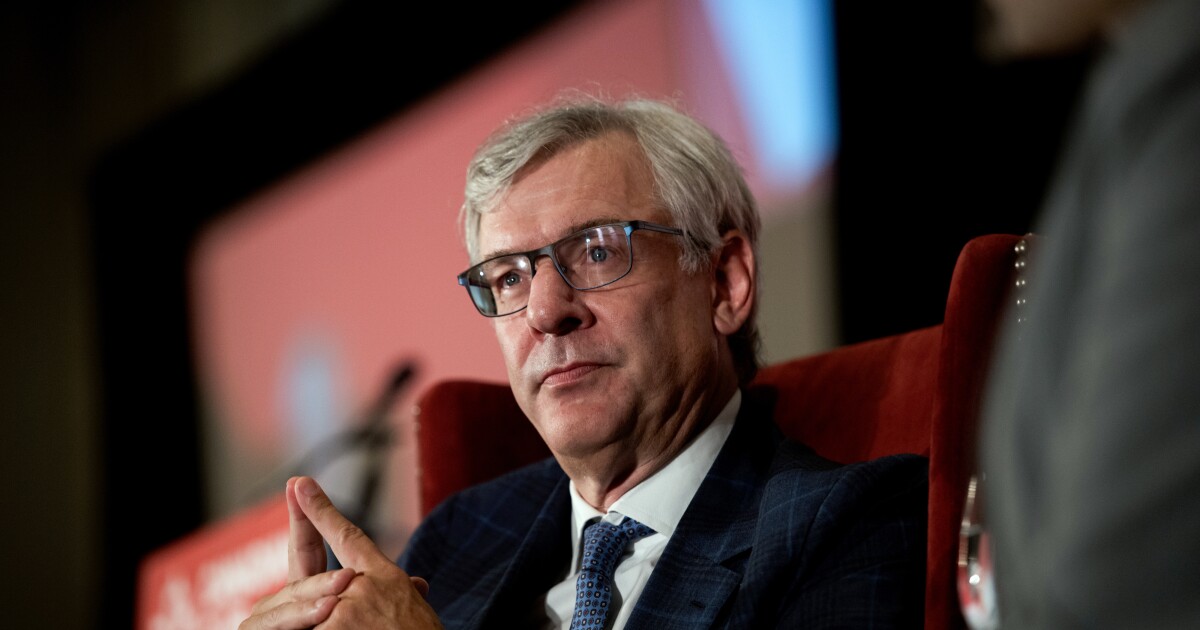Understanding and Managing Generational Diversity in the Workplace
In today’s modern workforce, companies are faced with the challenge of managing employees from different generations, each with their unique communication styles, personal needs, and motivations at work. This diversity can be both a challenge and an opportunity for organizations looking to leverage the strengths of each generation.
Insights from Industry Leaders
During the Most Powerful Women in Banking conference hosted by American Banker, a panel of female bank executives discussed the importance of understanding and managing generational differences in the workplace. Solita Marcelli, Hope Dmuchowski, and Kristin Lesher shared their insights on the unique strengths and weaknesses of baby boomers, Generation X, millennials, and Generation Z employees.
According to Solita Marcelli, great leadership is about managing a diverse team, and in today’s landscape, it’s essential to connect with various styles and expectations. She emphasized the importance of unlocking the best in everyone by embracing generational diversity.
Communication Styles and Needs
One significant aspect of generational diversity is the difference in communication styles. Kristin Lesher noted that younger employees often require more context and explanation for tasks, seeking a deeper understanding of how their work contributes to the company’s goals. While this may require additional time and effort from managers, it ultimately leads to a more engaged and motivated workforce.
Furthermore, employees from different generations have varying family needs, with millennials balancing work and childcare responsibilities, while older generations may be caring for aging parents. Understanding and accommodating these differences can contribute to a more supportive work environment.
Motivations and Retention Strategies
Each generation is motivated by different factors, with younger employees less fearful of job termination and more focused on finding purpose and meaning in their work. Solita Marcelli highlighted the importance of creating a strong company culture and purpose to retain employees in today’s dynamic job market.
It’s crucial to recognize that while generational differences exist, individuals within each generation are unique, and people of different ages often share similar desires for learning, mentorship, and engaging work experiences. By avoiding stereotypes and focusing on individual strengths, organizations can create a more inclusive and productive workplace.
For more insights on managing a multi-generational workforce in the banking industry, you can read the full article here.






